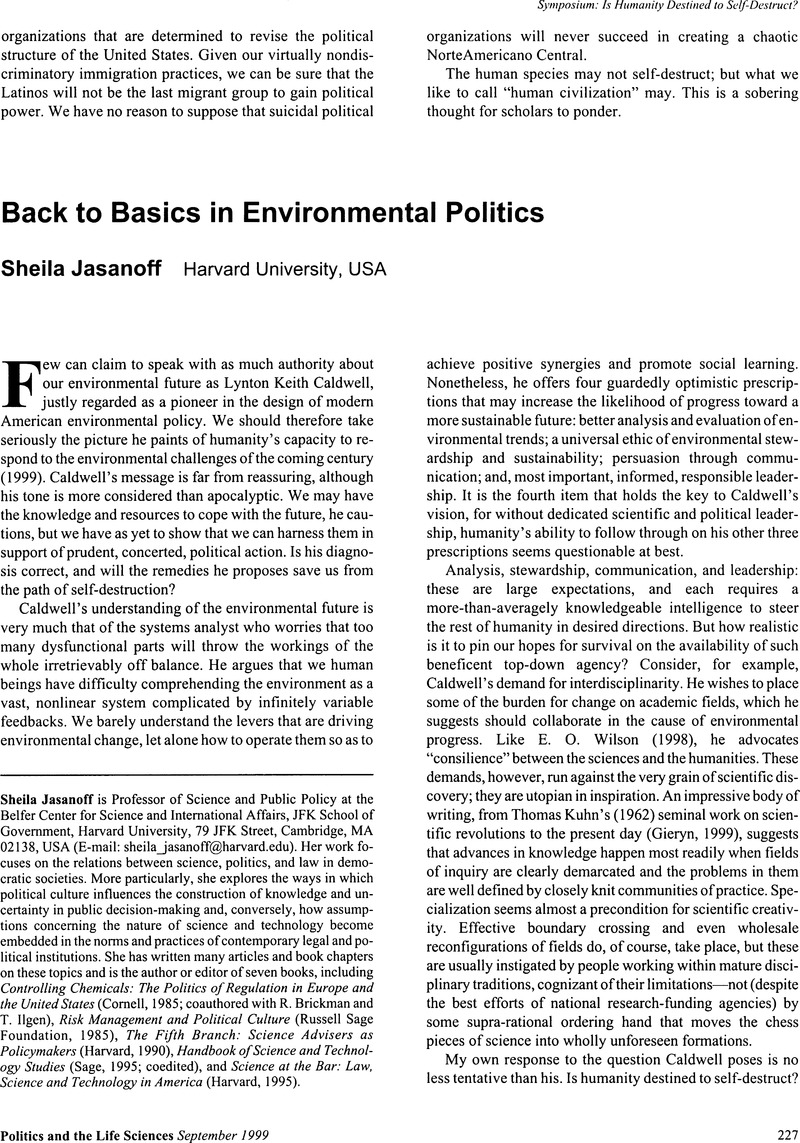Crossref Citations
This article has been cited by the following publications. This list is generated based on data provided by Crossref.
Lesen, Amy E.
2012.
Oil, floods, and fish: the social role of environmental scientists.
Journal of Environmental Studies and Sciences,
Vol. 2,
Issue. 3,
p.
263.





